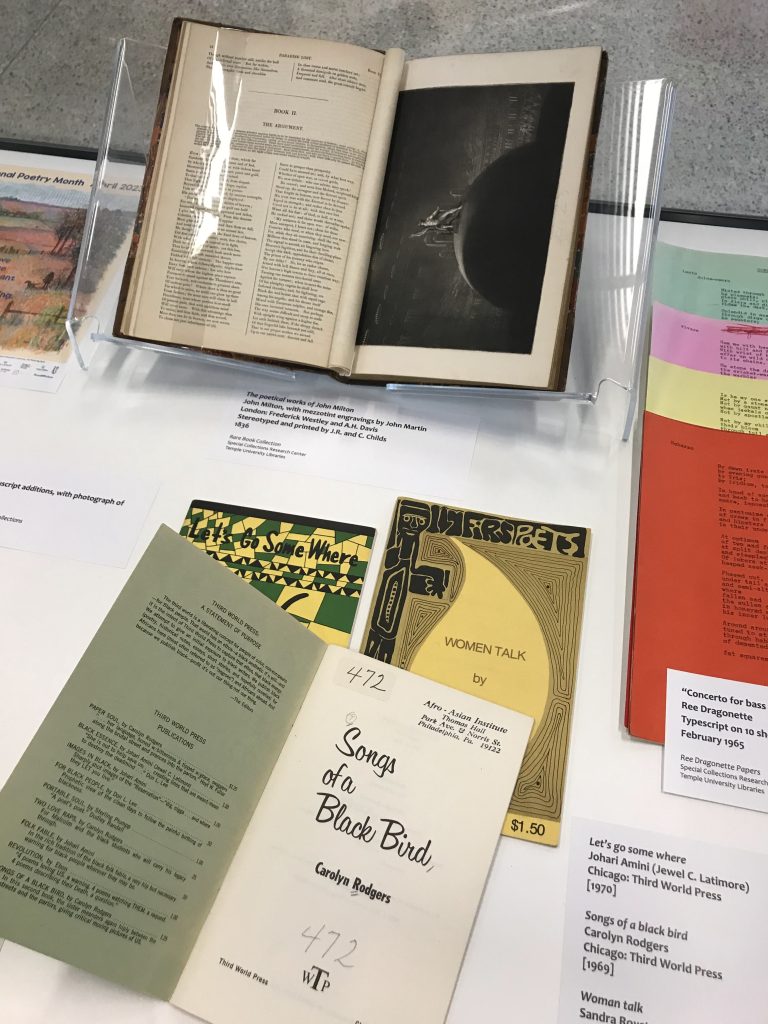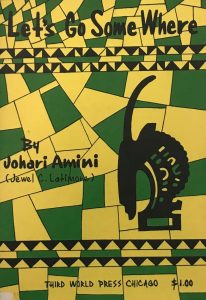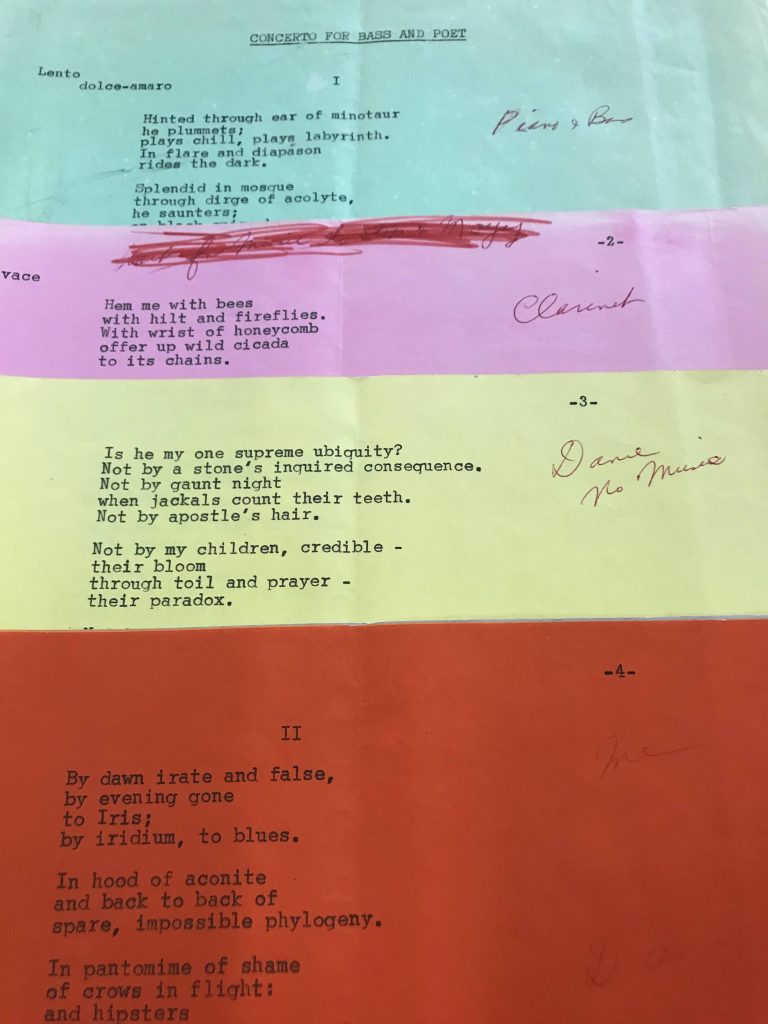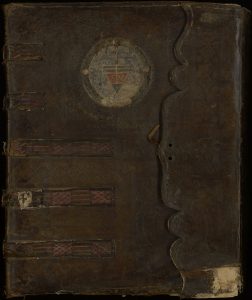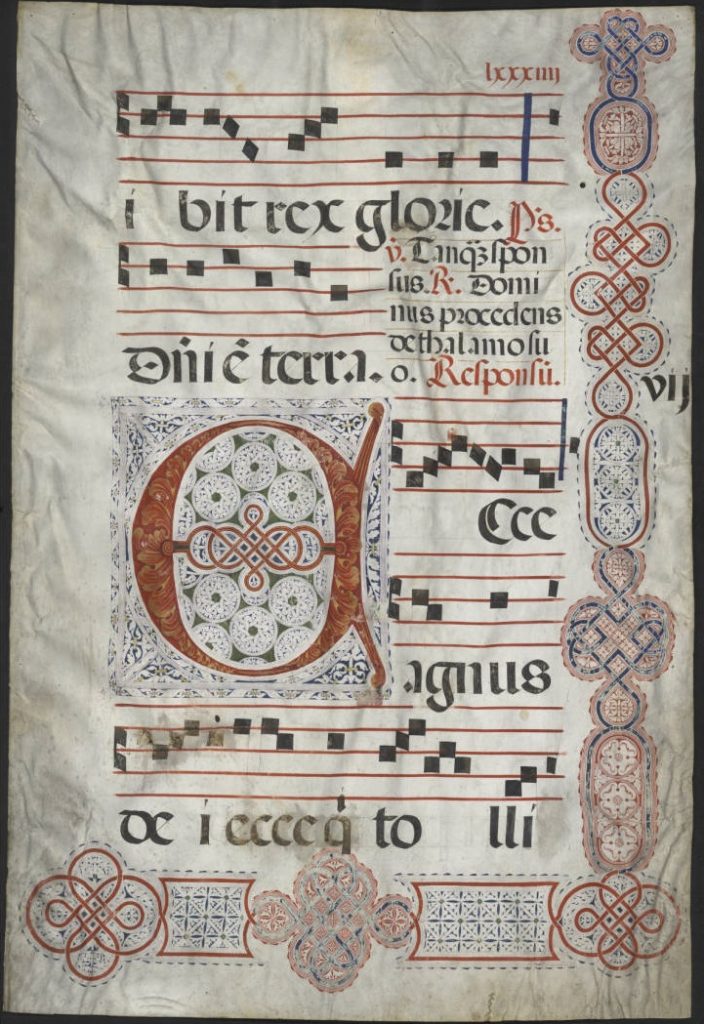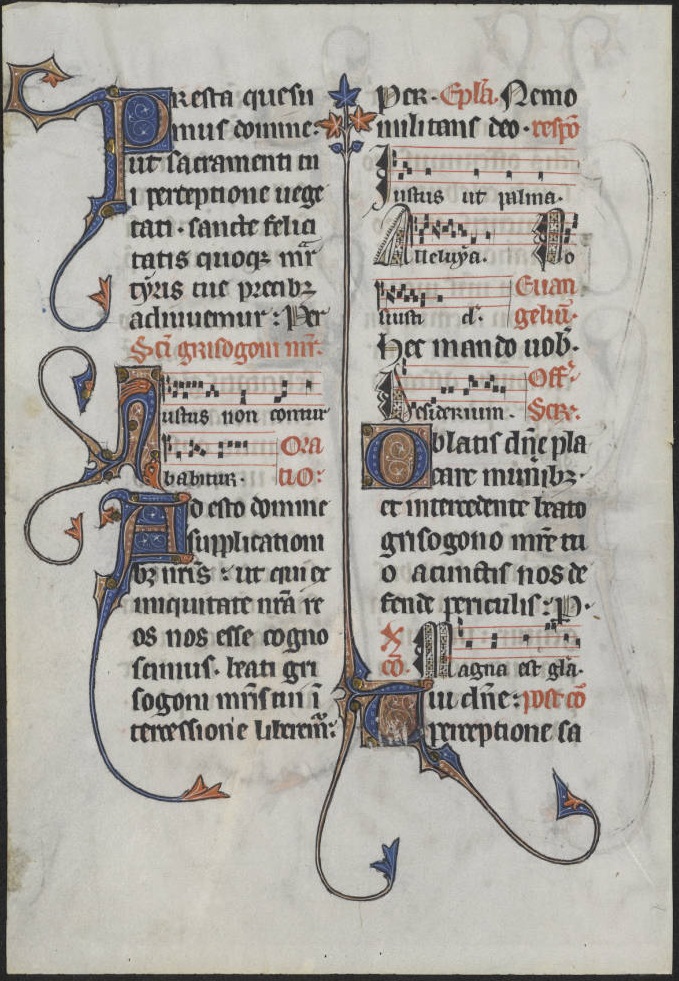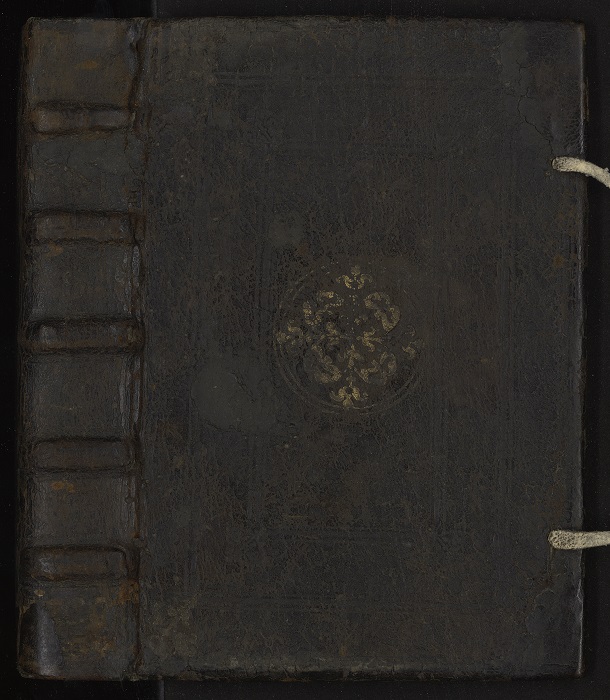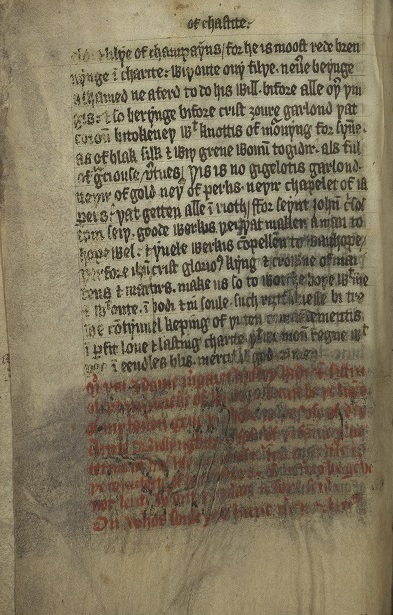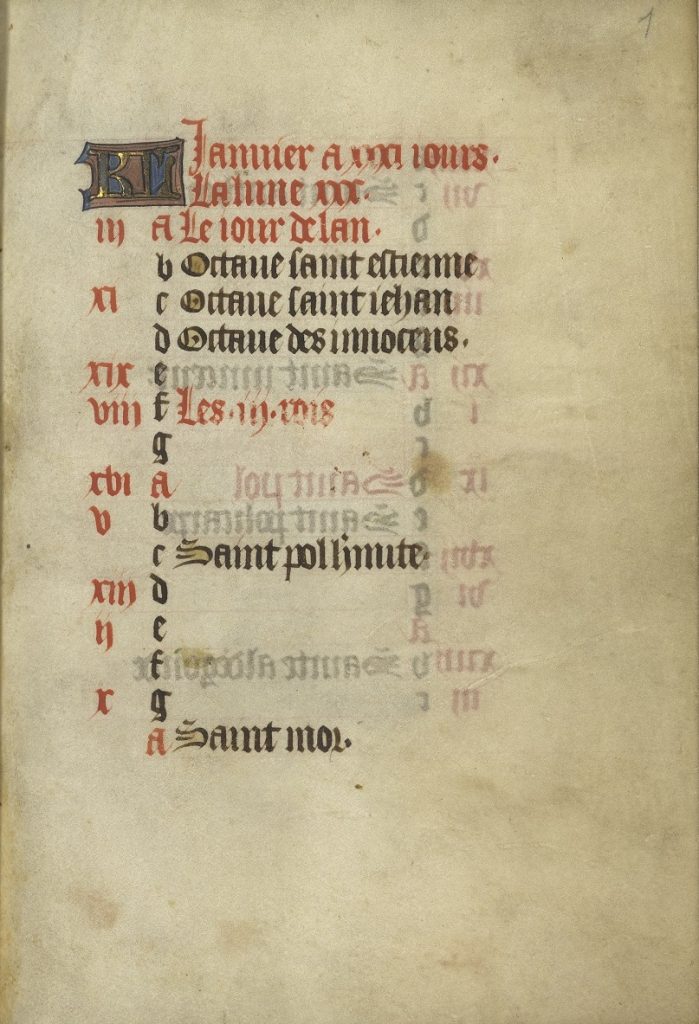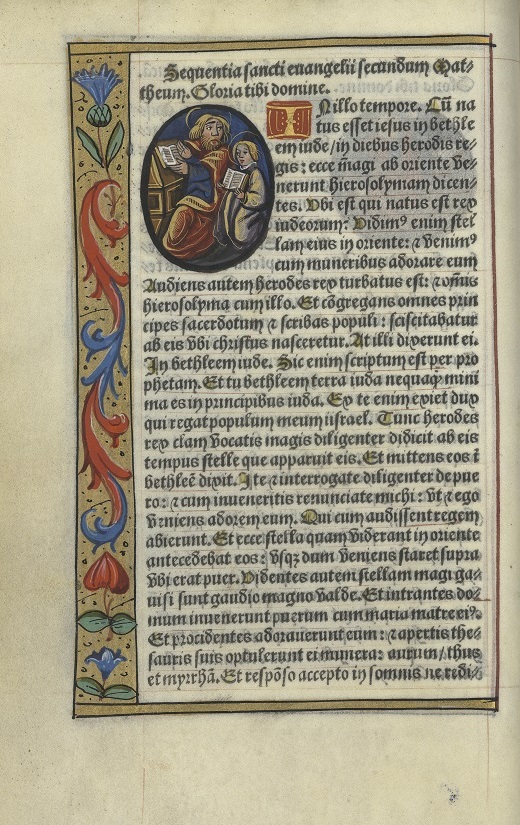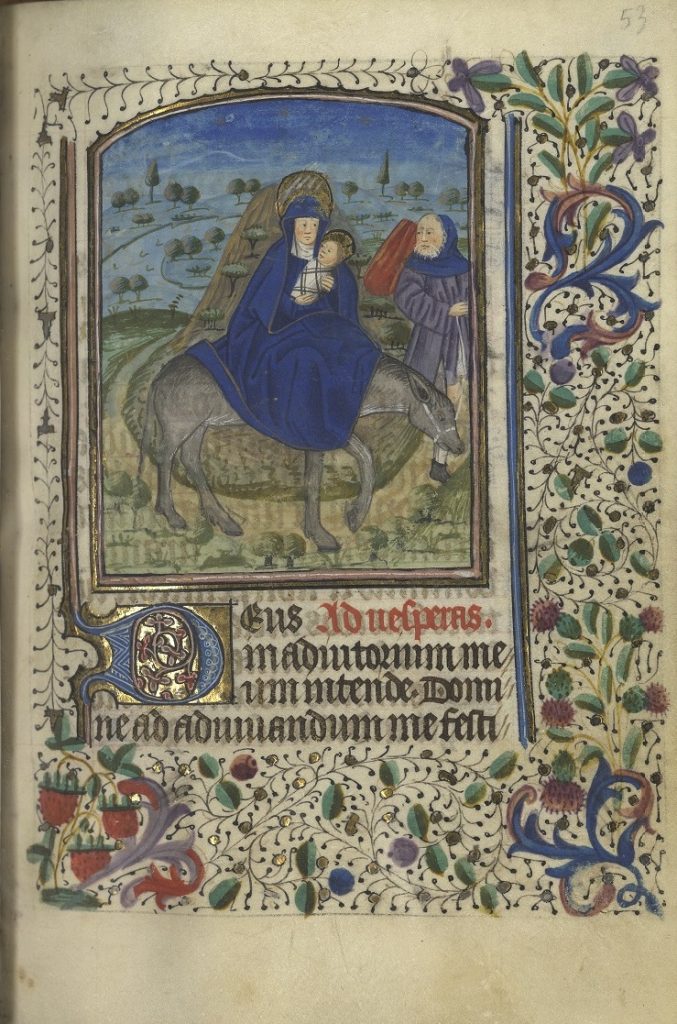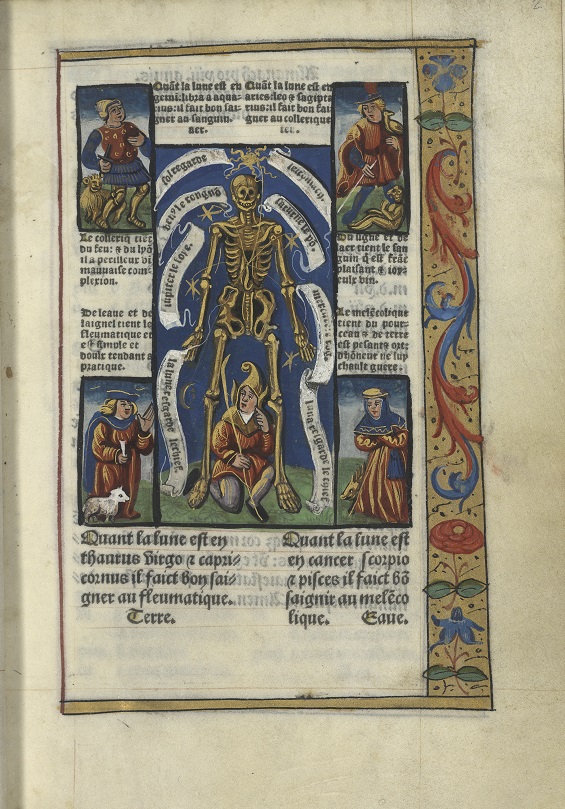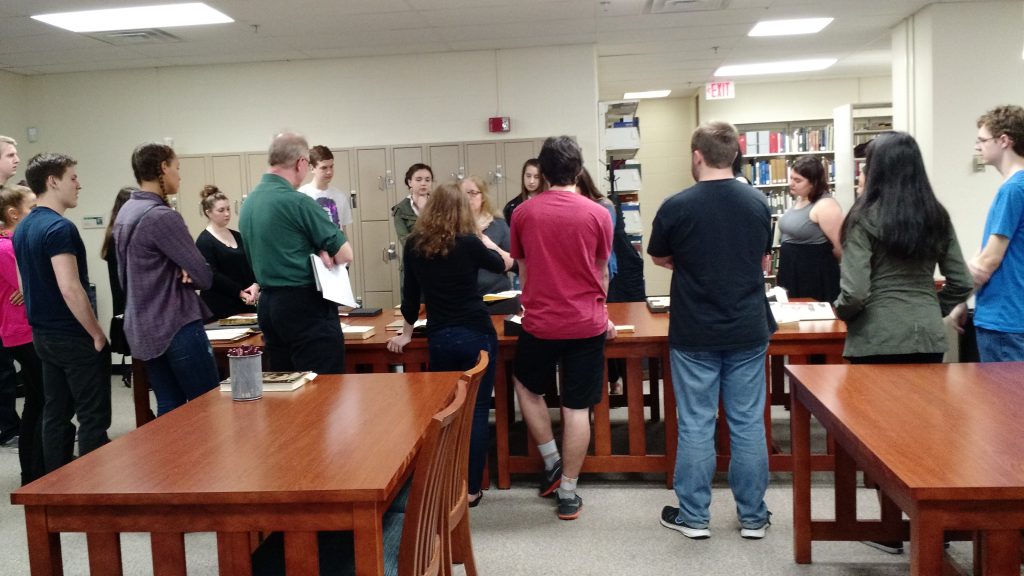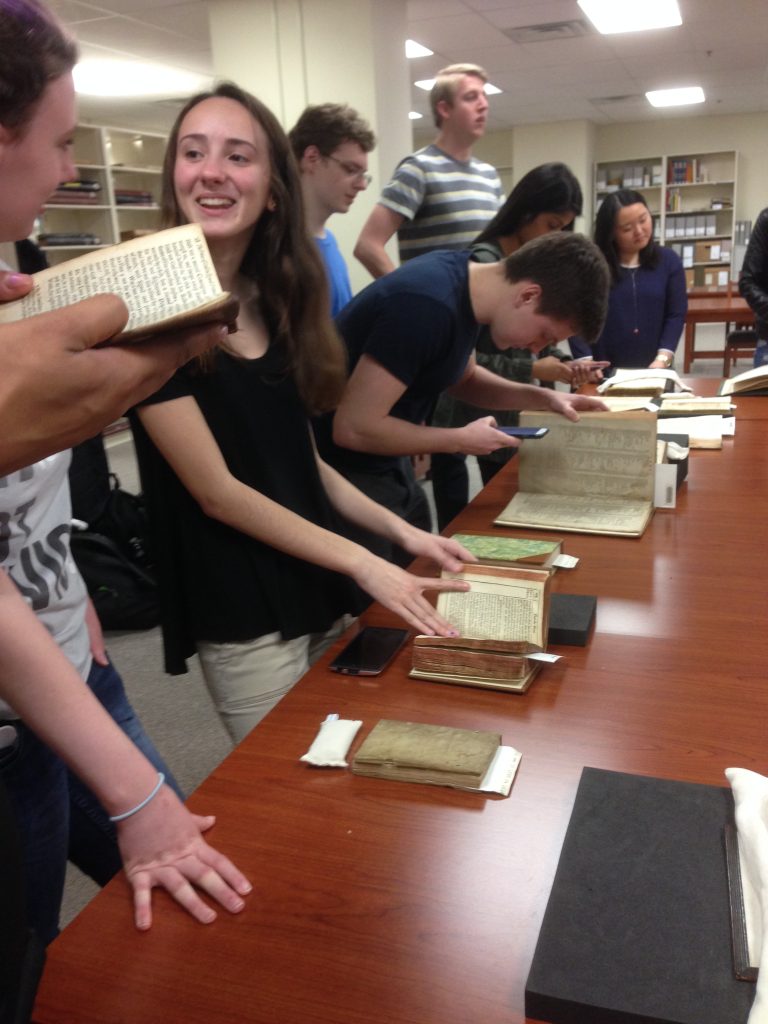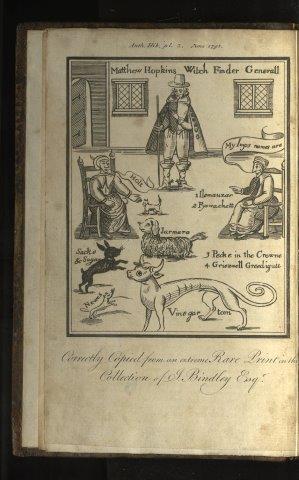Happy Pride Month!
This month’s reading room exhibit in the Special Collections Research Center highlights a new SCRC acquisition: two zines by Erin Moore, a printmaker and designer from Conshohocken, PA, exploring the hand lettering used in lesbian periodicals in the 1970s through the 1980s. Their work can be found on Instagram at: @bugprints .
The zines focus on the hand lettering used for article titles and on covers. Moore created downloadable typefaces based on the hand lettering of these periodicals, and one of the zines includes six type specimen sheets based on hand lettering used in the periodicals, with the source of the typeface given on verso of sheet.
The periodicals featured in the reading room exhibit are original copies of ones Moore mentions in their zines. Ain’t I A Woman? was a bi-monthly “Midwest newspaper of women’s liberation,” published by the Iowa City Women’s Liberation Front Publications Collective in the 1970s. Lavender Vision was founded in the 1970s in Cambridge, Massachusetts, by the Media Collective, and was originally written and published by queer women and men, with half of the newspaper dedicated to lesbian issues and half to gay men’s issues. Eventually, the two halves split into two separate publications: Lavender Vision and Fag Rag. The Ladder was published by the San Francisco-based Daughters of Bilitis between 1956 and 1972, and was one of the first lesbian publications in the United States. Onyx, a San Francisco newsletter published from 1982 to 1984, focused on Black lesbian life and included articles, poems, personal ads, art, and photographs.
In earlier decades before the internet, printed publications were a primary source of community and communication among queer people. There was little money, support, or access to printing and distribution tools for the people who created these newsletters, newspapers, and magazines. However, the creators found ways around the significant obstacles they faced, and these publications were a lifeline for LGBTQ+ people seeking community and information. They also frequently boasted delightful design elements, artwork, and lettering–highlighted in this exhibit.
–Katy Rawdon, Coordinator of Technical Services, SCRC




